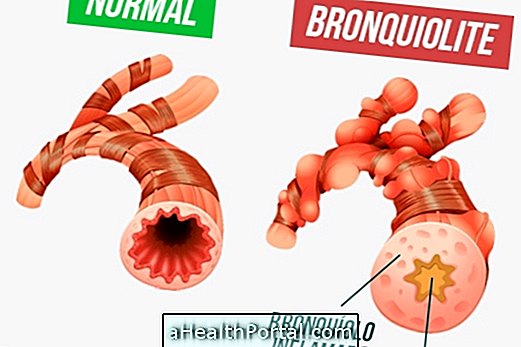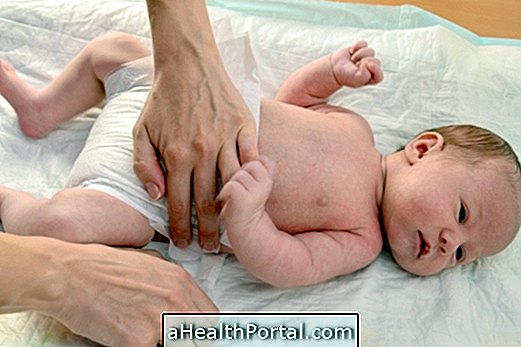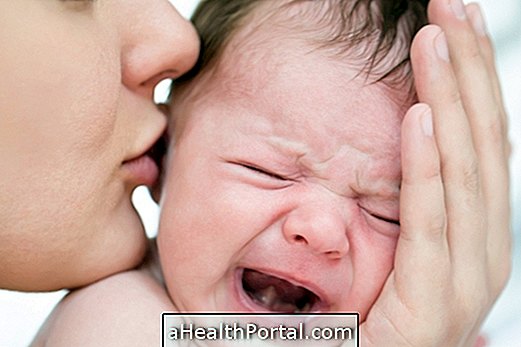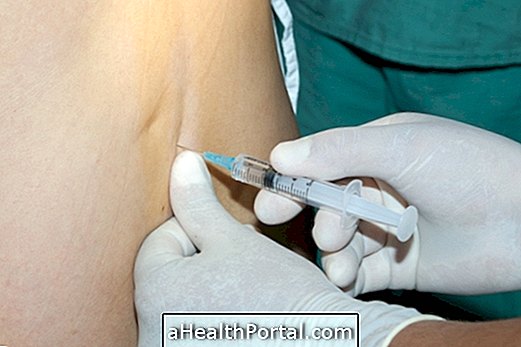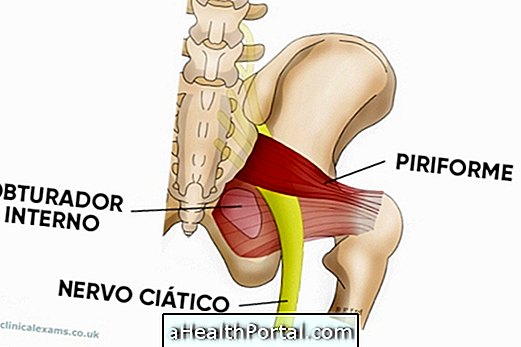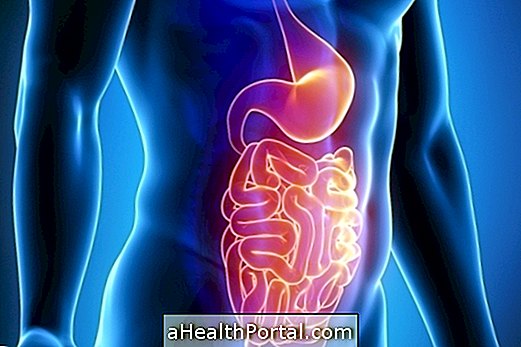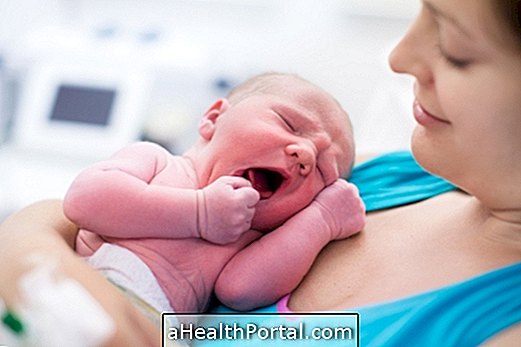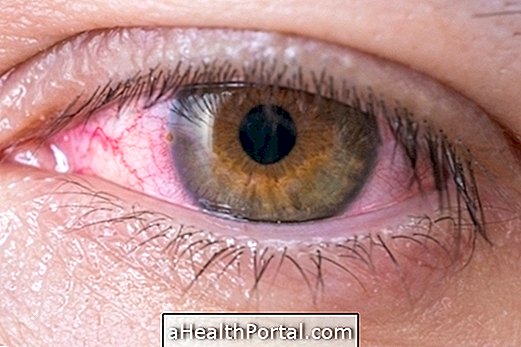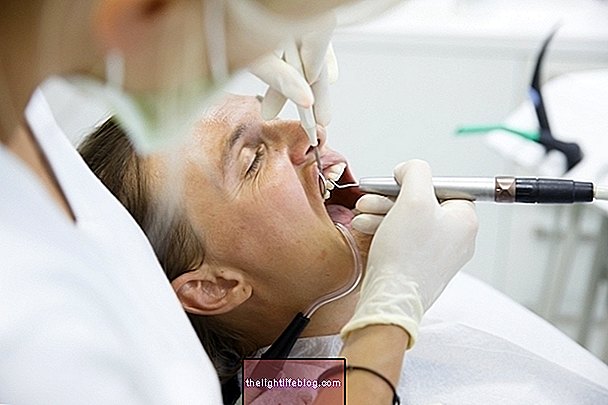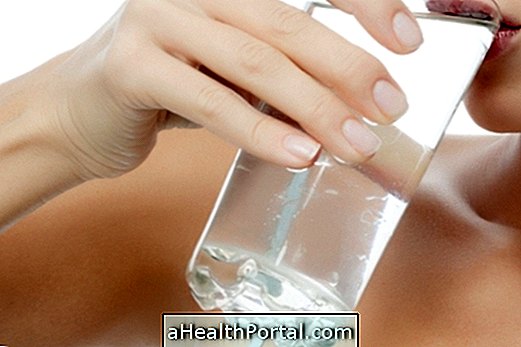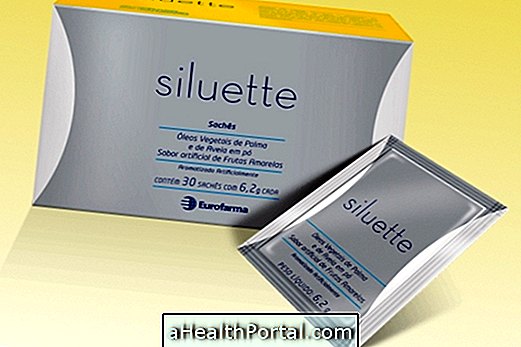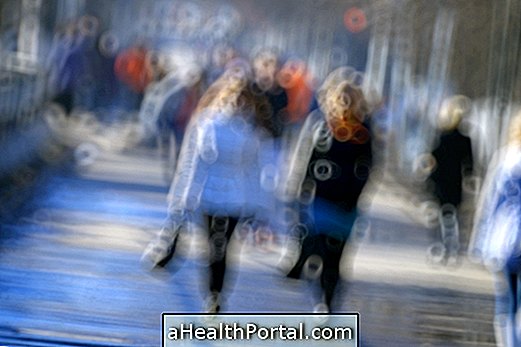Hyperbilirubinemia of the newborn or neonatal is a disease that appears in the first days of the baby's life, being caused by the accumulation of bilirubin in the blood, and leaving the skin yellowish.
Any child can develop hyperbilirubinemia, the main causes being physiological changes in liver function, blood diseases, such as hemolytic anemia, liver diseases, caused by infections or genetic diseases, or even by reactions to breastfeeding. Also check out the causes of high bilirubin and jaundice in adults.
Care for reducing the amount of bilirubin in the blood should be started quickly, and phototherapy treatment is the most commonly used. In some cases, the use of medicines or blood transfusions may be necessary, and are guided by the pediatrician.
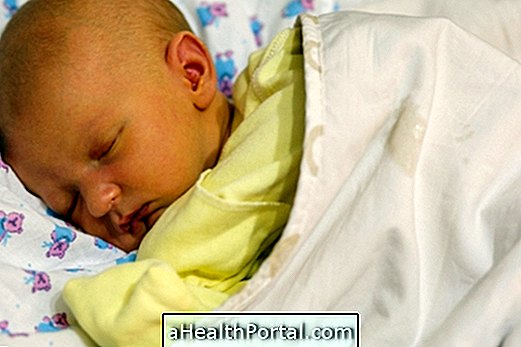
Main causes
Jaundice occurs when the baby can not properly eliminate bilirubin, which is produced by the metabolism of the blood because, before birth, the placenta had this function. The main causes of hyperbilirubinemia in the newborn are:
1. Physiological jaundice
It usually occurs after 24 to 36 hours of birth, the most common type of jaundice, because the baby's liver is poorly developed and may have some difficulties in turning and eliminating bilirubin from the blood through bile. This change usually resolves in a few days, with treatment with phototherapy and exposure to the sun.
- How to treat : Phototherapy with fluorescent light is helpful in reducing the amount of bilirubin in the blood. In mild cases, sun exposure may be sufficient, but in very serious cases, a blood transfusion or use of medicines, such as phenobarbital, may be needed for best results. Understand better how the newborn's physiological jaundice is treated.
2. Jaundice of breast milk
This type of increase in bilirubin may occur about 10 days after birth in some infants who are exclusively breastfed by increased hormones or substances in the blood that increase the reabsorption of bilirubin in the gut and make it more difficult to eliminate not yet know the exact form.
- How to treat : In cases of more important jaundice, phototherapy can be done to control your blood levels, but breastfeeding should not be discontinued unless directed by your pediatrician. This jaundice disappears naturally around the second or third month of the baby.
3. Blood diseases
Some diseases may cause bilirubin to build up in the baby, such as autoimmune or genetic abnormalities, which can be severe and appear within the first few hours after birth. Some diseases are spherocytosis, thalassemia or incompatibility with the mother's blood, for example, but the main one is hemolytic disease of the newborn, also known as fetal erythroblastosis.
- How to treat : In addition to phototherapy to control the amount of bilirubin in the blood, treatment is usually done with blood transfusion, and in some cases medicines to control immunity can be made.
4. Liver diseases
The baby may be born with changes in liver function, due to a variety of causes, such as biliary tract deformities, cystic fibrosis, congenital rubella, congenital hypothyroidism, viral or bacterial infections, or genetic syndromes such as Crigler-Najjar syndrome, Gilber and Gaucher disease, for example.
- How to treat : To control blood hyperbilirubinemia, in conjunction with phototherapy, treatments are done to improve the disease that caused bilirubin to increase, such as treatment of infection with antibiotics, surgery to correct liver malformations or hormone replacement in hypothyroidism, for example.
Treatment to reduce bilirubin greatly increased in the body, especially phototherapy, should be done quickly after detection of the change, because excess bilirubin in the baby's body can cause serious complications such as the intoxication of the brain known as kernicterus, which causes deafness, seizures, coma and death.

How is phototherapy treated?
Phototherapy consists of leaving the baby exposed to a fluorescent light, usually blue, for a few hours, every day, until the improvement. For the treatment to take effect, the baby's skin must be fully exposed to light, but the eyes should not be exposed, so a special fabric or glasses are covered.
The light penetrates the skin stimulating the destruction and elimination of bilirubin through the bile, causing jaundice and yellowish color to fade away.
Learn more about how it is done and other indications for phototherapy use.
